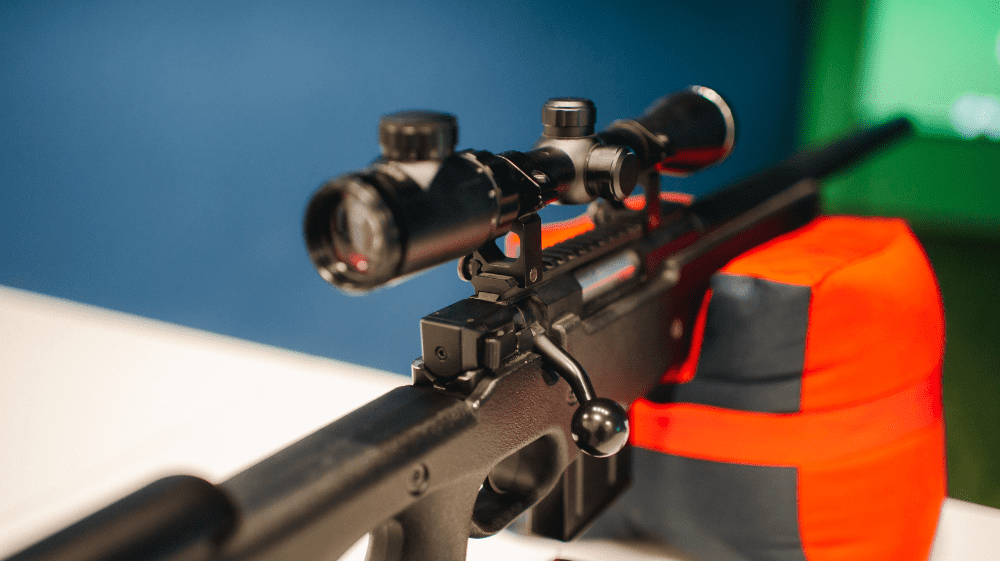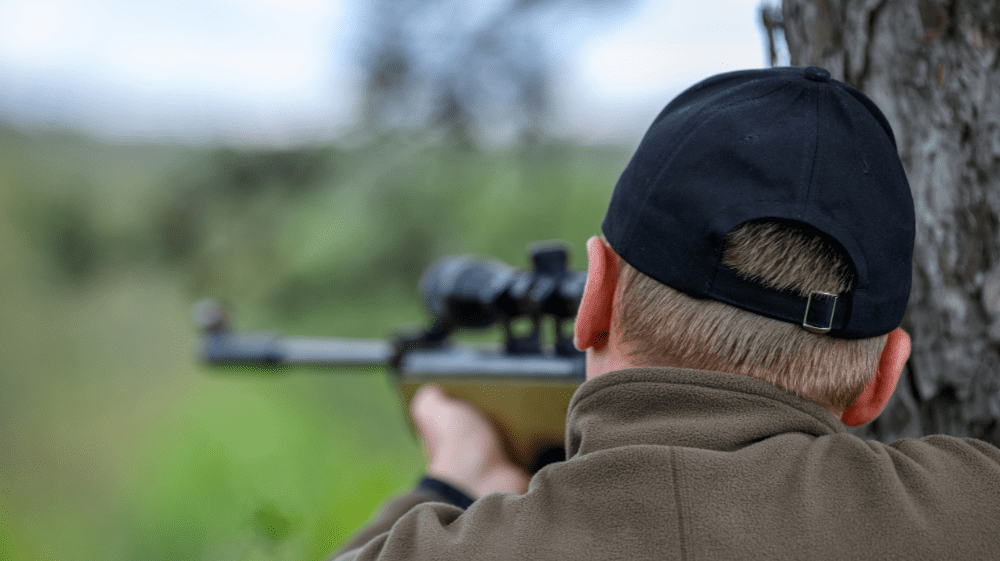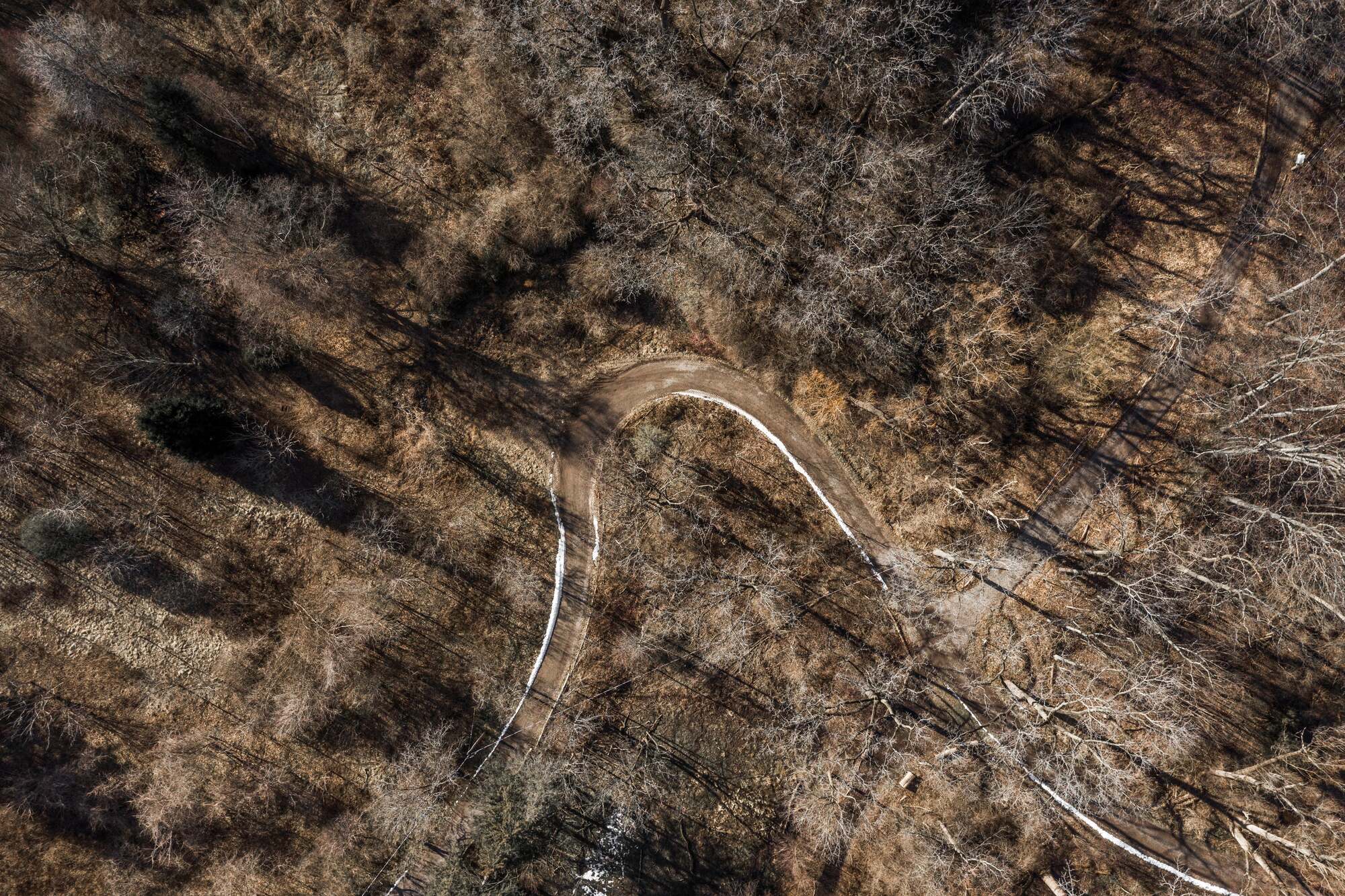For long-range marksmen and tactical shooters, the rifle scope serves a profound purpose - to extend our vision and perception, enabling precise shot placement on distant targets. More than a mere sighting device, the modern scope has evolved into an integrated shooting system, with sophisticated components synergizing to not only magnify targets, but accurately range, track, record, and engage them.
This complex electro-optical instrument relies on the seamless interaction between glass, gradients, gears and digital processors to facilitate the transformation of a shooter's potential into downrange performance. By comprehending the anatomy and interplay of parts residing within even in the most basic scope, marksmen can tweak settings, accessories and shooting technique for optimal functioning. We will dissect the critical components, cover proper utilization and reveal how to extract every ounce of accuracy from your scope setup.
(Reading Time: 6-8 Minutes.)
Objective Lens - The First Principle of Precision

As the entry point for all image-forming light waves, the objective lens is akin to the scope's pupil, controlling brightness, magnification and resolution capacity. The foremost optical consideration is its diameter, typically expressed in millimeters. Wider lenses have larger surface area to collect ambient light photons, proving advantageous in the half-light of dawn and dusk. Generally a diameter of at least 50mm is requisite for low light shooting applications.
However, bulk precipitates weight, demanding a balancing act between glass real estate and ergonomics. Another key metric is optical clarity, with fully multi-coated lenses using proprietary treatments to maximize light transmission while eliminating stray reflections and distortion. objective lens quality largely determines just how far a scope can discern detail on targets.
Ocular Lens - Refining the Reticle

At the rear eyepiece lies the ocular lens, essentially a magnifying glass for viewing the primary image, reticle and target environs projected from the objective lens. The ocular receives converging light rays to present an erect, properly oriented image to match reality. Diopter adjustment rings allow shooting glasses wearers to focus oculars to bypass their prescription lenses for optimal reticle sharpness without distortion. This fine-tuning must become second nature to create tack sharp reference points for precise holds.
Proper eye relief, the ideal exit pupil distance from which to view the full field through the scope, aids acquiring sight pictures quickly. Generous eye relief prevents painful facial collisions with recoiling firearms. To quickly establish faces on scopes, beginners should train on acquiring scope eyepieces in their shoulder pockets without searching. Maintaining consistent stock welding absorbs or mitigates recoil for responsive target reacquisitions.
Reticles - Ranging, Compensating and Aiming
Serving as the scope's dedicated measuring stick and targeting reference, the reticle provides precision shooters an intricate overlay for calculating holds and dialing adjustments. Designs span simple duplex crosshairs to complex graded hashmarks mapping coordinates that shift yields based on magnification.
Reticles may lie stationary in the first focal plane between lenses so hold values stay constant across all magnifications. This aids long-range holdover and ranging, provided reticle details remain discernible. Second plane reticles float on the eyepiece, enlarging along with zoom images but leaving calibrated spacing unaltered. Illuminated versions embed tiny LEDs to project aiming points in unsupported dusk/dawn limits.
Such precision tools demand practice time under live fire conditions to instinctually employ features like lead dot arrays, moving target holds and ballistic drop gridlines. Use dry runs on static bullseye targets to rehearse becoming one with reticles before attempting such methodology on living creatures.
Windage and Elevation Turrets - Compensating for Reality

Scope adjustments for external bullet drift employ finger-adjustable turrets that click by small minute-of-angle increments, translating to about 1 inch per hundred yards actual deviation. While scopes default with uncapped exposure, long-range models utilize locking tactical turrets and shrouded reset buttons to safeguard established zero points from jostling once on target.
Audible, tactile clicks registering each micro adjustment provides external feedback for everything from frenzied dynamic shooting to low light troubleshooting of errant shot placement. Highly accurate shooters may dial down range values directly from ballistics software or charts. Beyond external adjustments, reticles present hold points for up to 15 mph crosswinds depending on load intensity. For consistent hits in gnarly conditions, premium ammunition choices shine.
Anatomy Optimized - Features for Elite Performance
With long-range shooting envelopes ever expanding, scope makers attack optical impediments through premium components and computational power. Side focus parallax knobs calibrate aim points for the exact target distance while match-grade elevation turrets track come ups in .1 Mil radial increments. First focal plane glass-etched reticles scale subtensions evenly across magnification ranges for unified leads on moving targets.
Onboard ballistic calculators housed within integrated power rings auto populate weapon profiles, environmental sensors and rangefinder distance data to instantly solve firing solutions. Blending such technologies enable accurate engagements out to .50 Caliber extreme limits - over one mile distant! But even traditional bolt actions benefit from advanced offerings like in-tube travel reference hashes for easily returning to established zeros amid the rush of hunting.
Maintaining Peak Performance
To uphold the integrity of such finely engineered shooting systems, proper maintenance is imperative between outings. Ensure lenses stay clear of contaminants like skin oils by locking turrets and using provided scope caps. Clean lenses only with solution and non-abrasive wipes to avoid scratching. Verify bedded ring tension hasn't loosened over time and utilizes quality lapping compound on mounting surfaces to prevent shifting zeros.
Test tracking, elevation controls and reticle focus under controlled conditions before entering the field or staging for matches. Replace spent batteries on electronics during off seasons and store upright in humidity-controlled spaces away from direct sunlight when not in use. Precision optics when handled properly yield decades of reliable service and maintained accuracy.
Conclusion
In essence, the rifle scope transforms a rifle's potential energy into kinetic destruction on demand, enabled through sequentially refined optical pathways, parallax-free windows to distant visible and infrared wavelengths clarified so precisely that white tail tails twitch and steel gongs ring ending in echoes.
Mastering the capabilities of such an instrument opens new shooting possibilities once reserved for skittish prey within 100 steps to confident precision at 10 times those ranges - with proper training. But it all begins with understanding the fundamental components, optimizing their integrated connections, then practicing sound marksmanship principles until man and machine meld into an internalized system.







